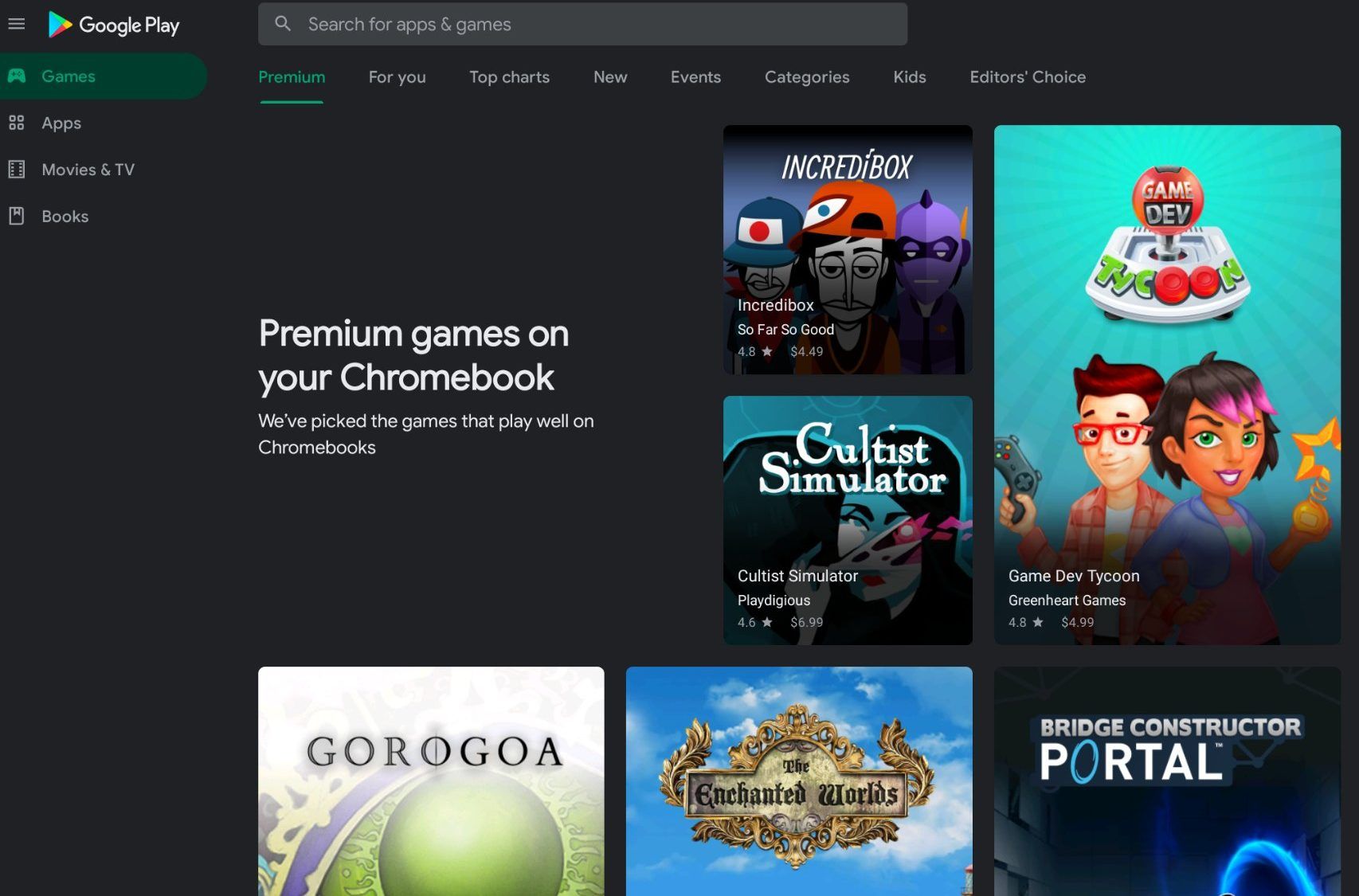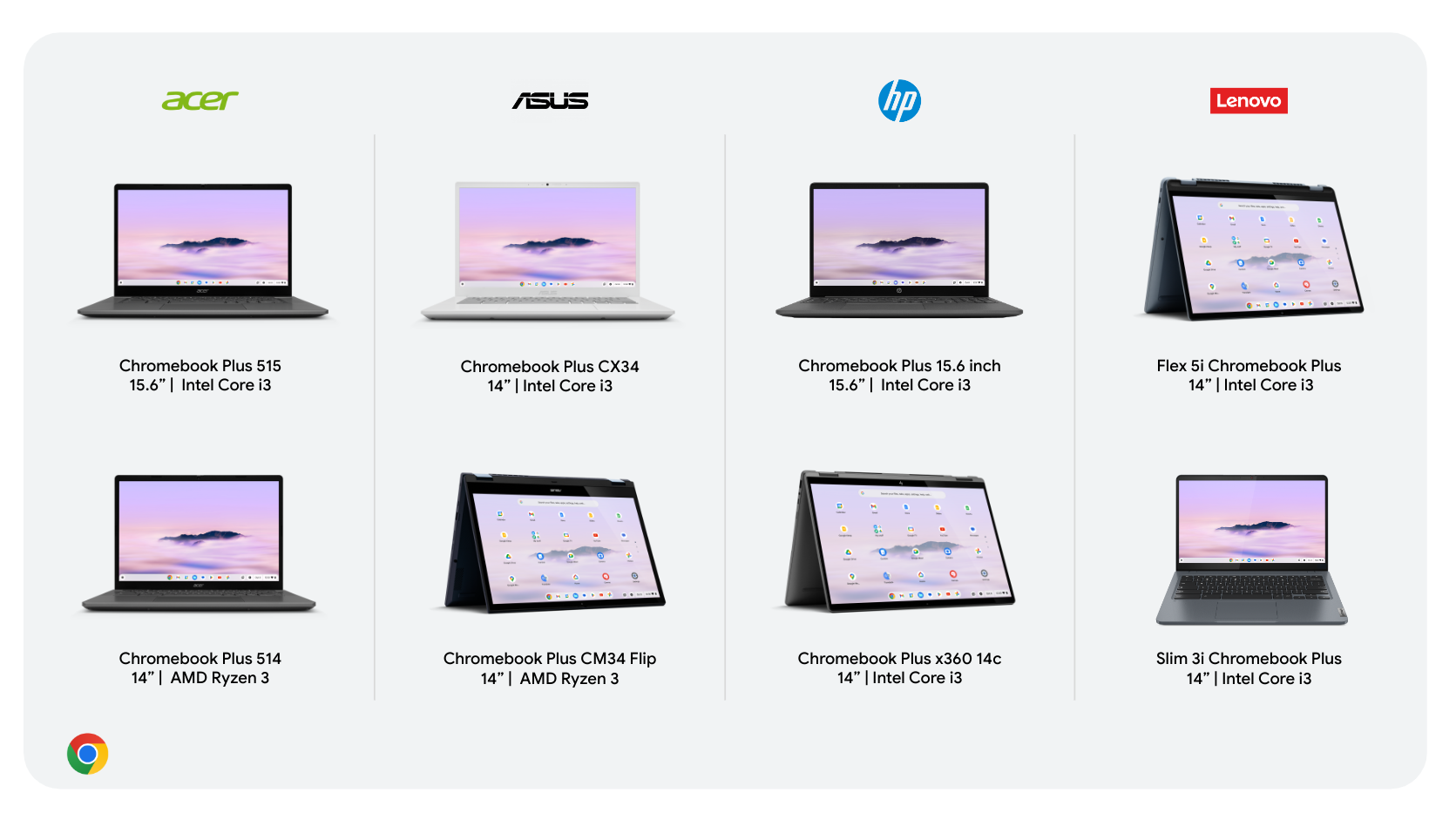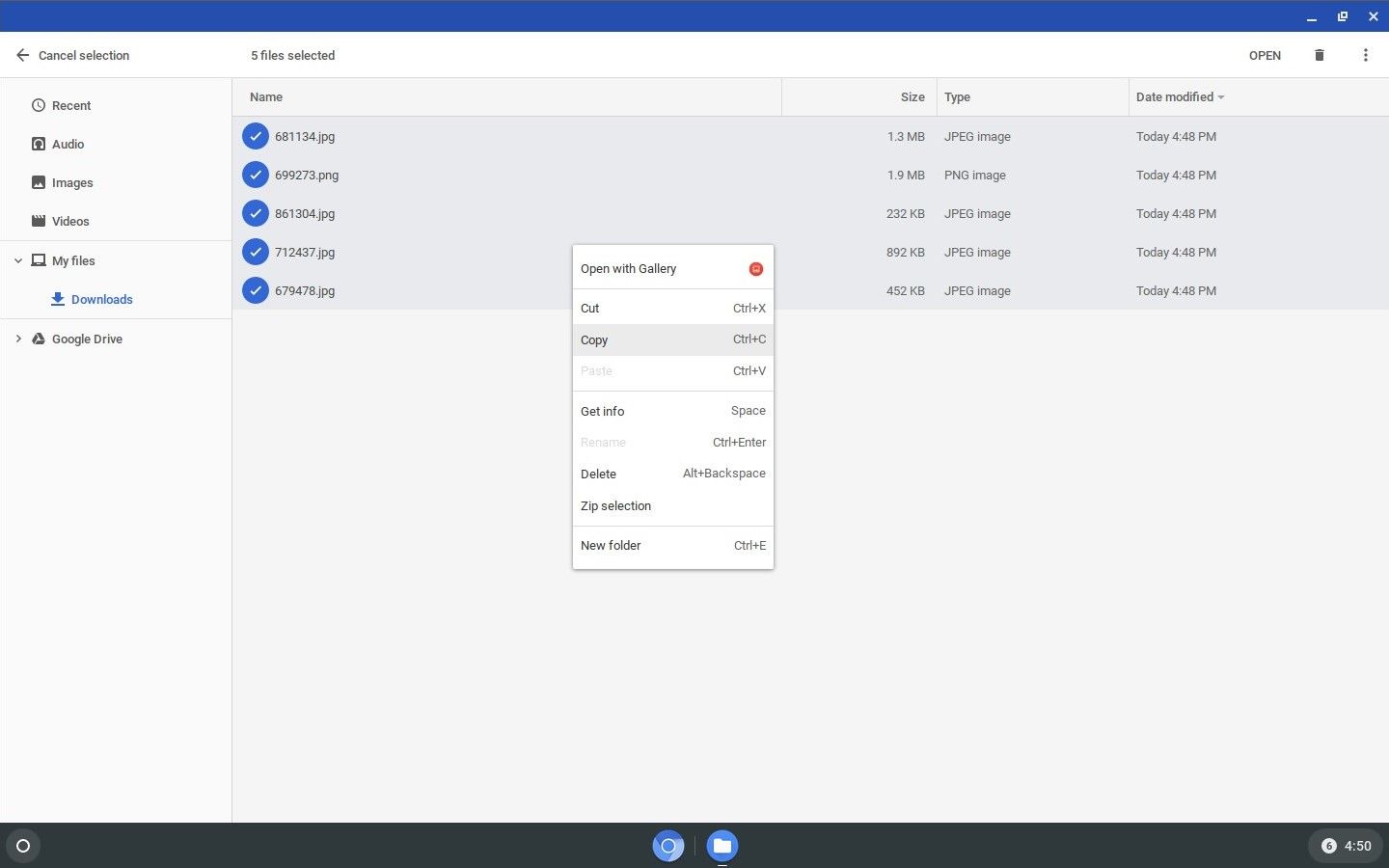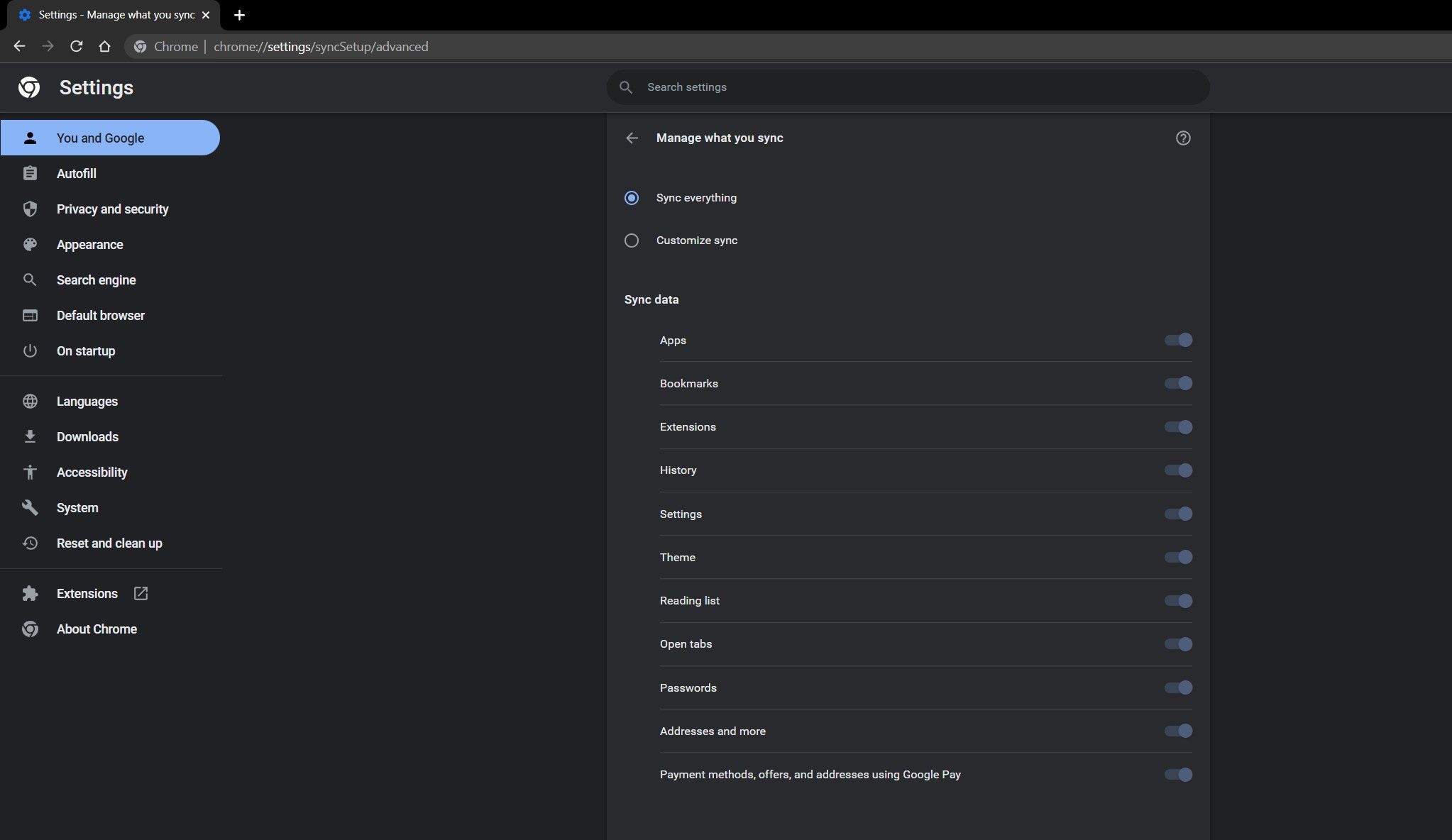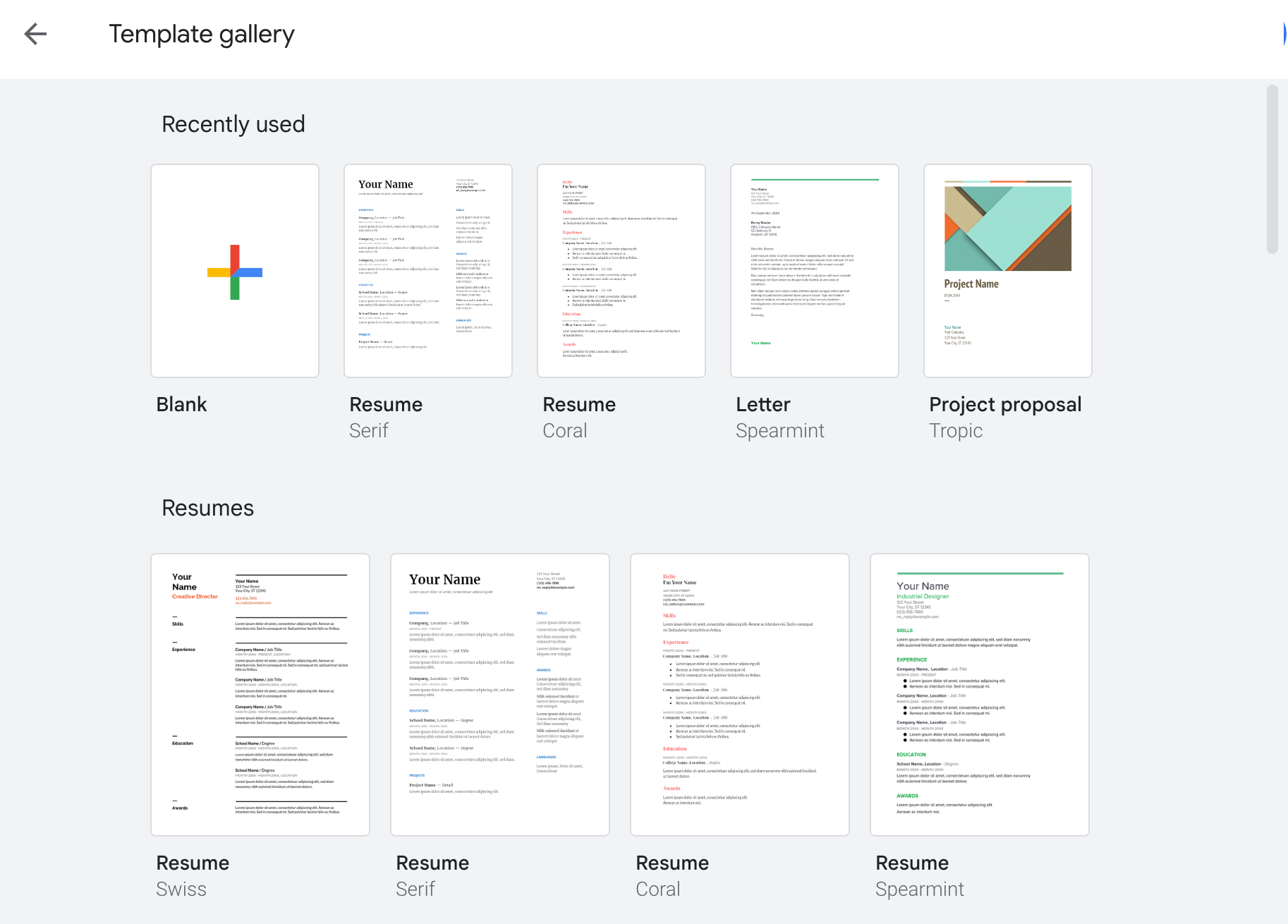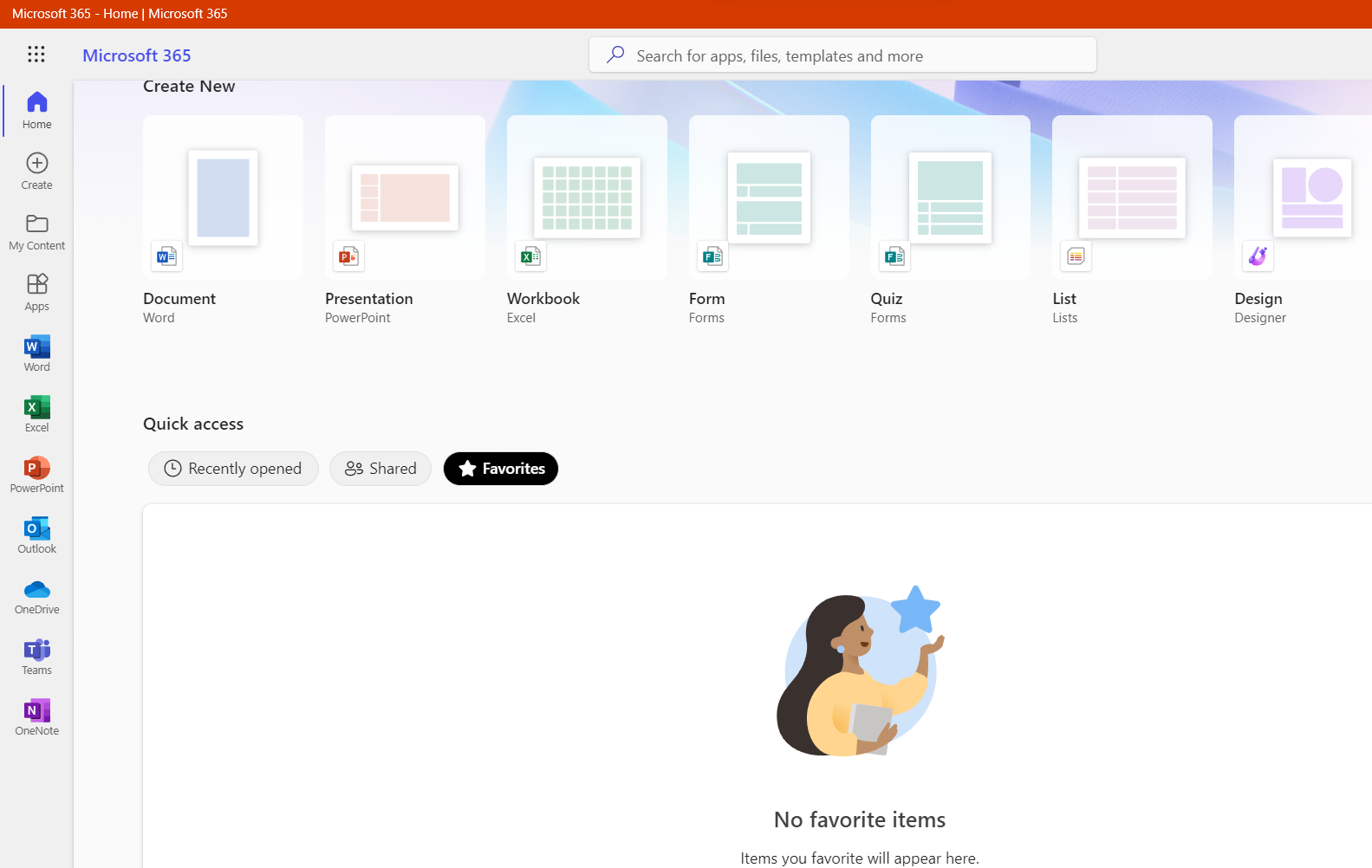The Microsoft Windows desktop operating system is flexible and can be used for entertainment, work, school, and gaming. Windows PCs have many menus, versions (like Windows 10 and 11), and capabilities, making it hard to find and maximize them. This complexity also leaves Windows laptops vulnerable to attacks if you don’t install all the updates and patches.
An alternative to Windows is ChromeOS, the operating system that powers Chromebooks. ChromeOS is a simple, secure operating system that can do most tasks a Windows device can do. The most capable Chromebooks have feature sets that rival Windows devices, often for less. This guide shows you how to swap from Windows to a new Chromebook.
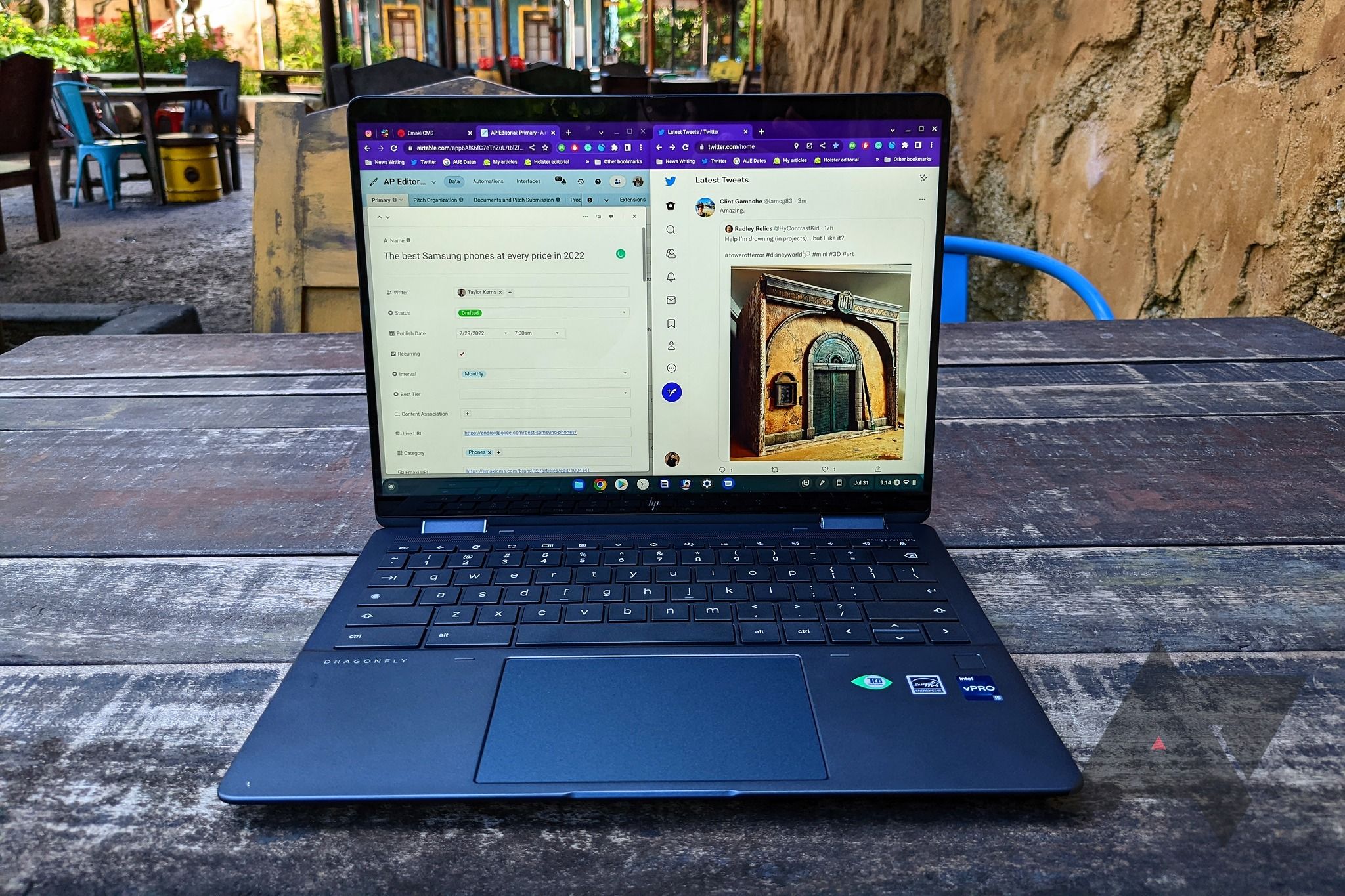
Related
How to use split screen on your Chromebook
Make multitasking work for you
ChromeOS: A quick introduction to Google’s web-first operating system
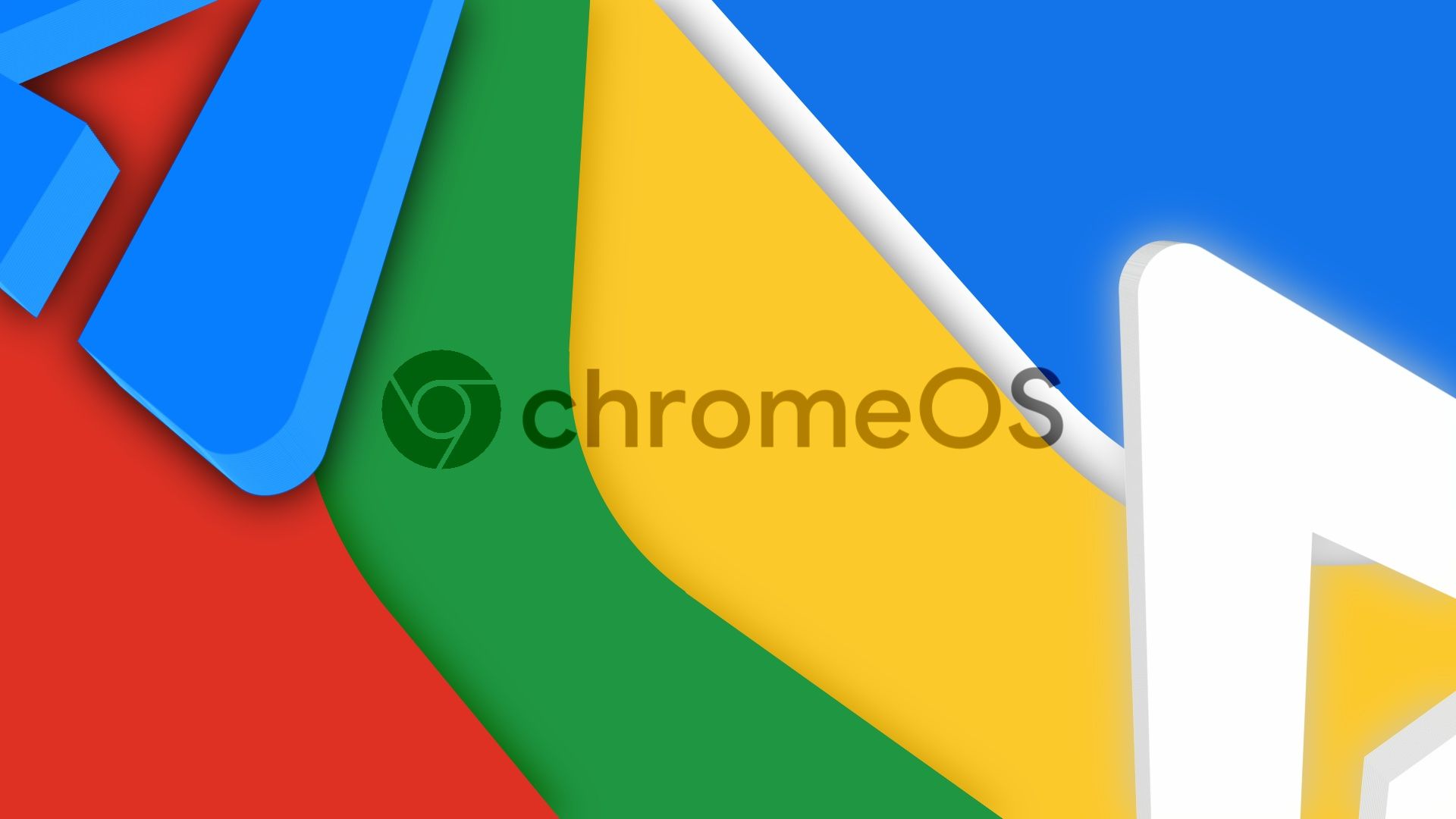
Related
What is ChromeOS?
Everything to know about about Google’s Linux-based operating system
ChromeOS is an operating system based on the Chrome web browser, and most Chromebook functions are performed through the browser or web apps. Chromebooks also come with the Google Play Store, which gives them access to Android apps, and Linux for power users, which unlocks further capabilities through Linux apps. Windows devices can use Android apps through the Amazon App Store, but the Google Play integration on Chromebooks is better.
Chromebooks are more secure since they update automatically, sandbox the OS, and only install apps from trusted sources. This leaves them less vulnerable to malicious software or viruses. Since ChromeOS is a lighter operating system, Chromebooks often have better battery life than Windows PCs. While many Chromebooks use Intel Core CPUs, many have processors from Mediatek, Qualcomm, and AMD.
Chromebooks also have deep integration with Android phones. A feature called Phone Hub allows you to share photos across devices, view notifications and answer text messages, sync Wi-Fi networks, and more. A Chromebook is a great companion for any Android user.
While there are numerous benefits to Chromebooks, there are also downsides. Chromebooks are generally less powerful than their Windows counterparts and can’t run some programs. For example, Chromebooks can access Photoshop through the web or Play Store but cannot use the desktop Photoshop app. Chromebooks aren’t cut out for more than mobile games, but some Chromebooks can run Steam. Certain programs don’t have a Chromebook alternative, so make sure Chromebooks are compatible with the apps that are important to you.
In addition to dedicated Chromebooks, you can install ChromeOS on an old Windows or macOS device using ChromeOS Flex. There are no current ways to install Windows on a Chromebook, so the switch is permanent.
Choose a Chromebook that’s right for you
Chromebooks are typically seen as affordable online-only devices that won’t break the bank for casual use. However, there’s a Chromebook for any form factor or budget. Touch screens, 2-in-1 devices, and large screen sizes are features available to consider. Traditional low-cost Chromebooks still exist, but a new era of Chromebooks has entered the market if you desire something more premium and capable.
Google announced the Chromebook Plus program in October 2023, which ups the game for Chromebook devices. For example, 4GB of RAM was the standard amount for the average Chromebook in the past. From here on, 8GB will be required for Chromebook Plus devices. The same goes for other performance specs across the board, including the processor, internal storage space, and display quality. The price starts at $400 and sets a new standard for what a Chromebook should be. Increasing the minimum hardware specs and focusing on the core user experience is a great way forward for Chromebooks.
Source: Google
Pick a Chromebook or Chromebox that meets all your needs. A cheap Chromebook is perfect if you need a device to browse the web and have a couple of tabs open at a time. Choose a Chromebook Plus device if you need more from your device, like for work or school. There are also ultra-premium Chromebooks for those who want the best that Chromebooks offer.
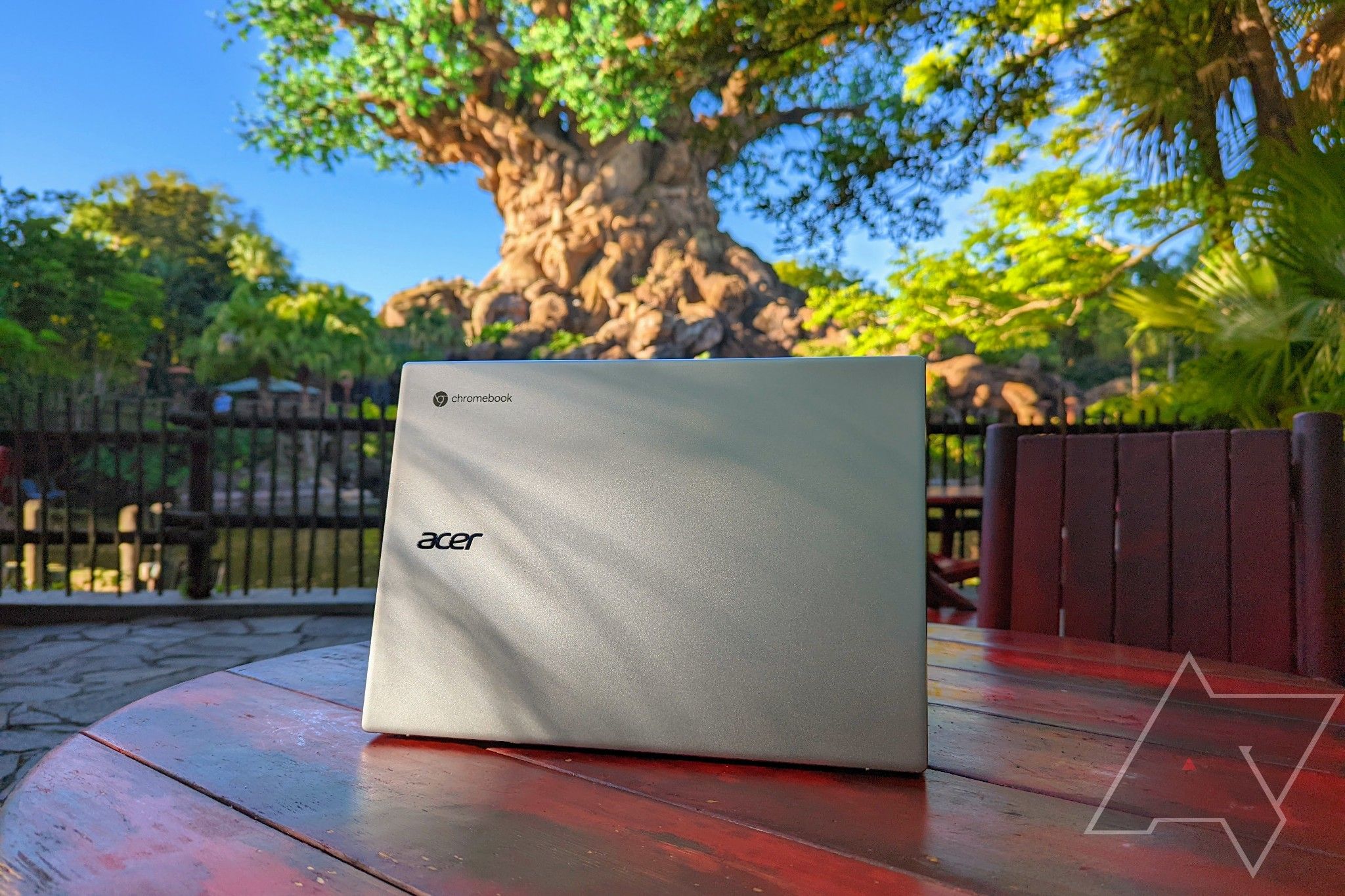
Related
How to set up your new Chromebook
Get your new device up and running in no time
Backup any files you want to keep
Chromebooks have an internal SSD for offline file storage, but those often have smaller capacities than their Windows counterparts. Most Chromebooks have around 128GB to 256GB of storage to keep costs down and promote cloud storage. You can use an external hard drive or USB drive if you don’t have many physical files to transfer. You can also grab any media files or anything else you want to move to your Chromebook, such as music, videos, photos, or other personal files.
When the files you want to transfer are safely stored on an external drive, connect the drive to your Chromebook with a USB cable. From there, open the Files app and move them to the internal drive of the Chromebook. You can access the Files app by tapping the Launcher button in the lower-left corner of the screen and searching for Files. After you do so, your files are safely transferred to your Chromebook.
Alternatively, use cloud-based services like Google Drive, Microsoft OneDrive, or Dropbox if you want to keep everything in the cloud and download them to your device as needed. Google Drive integrates with the Chromebook Files app, so you don’t need to download anything to access files.
Backup your Google Chrome browser settings
If you use Google Chrome on your phone or computer, your bookmarks, passwords, and other Chrome-related settings sync to the browser. If you haven’t done so, sign in to your Google account on the Chrome browser to keep these synced online. This ensures your information from your Windows PC is saved and transferred to your Chromebook. After you do that, sign in on your Chromebook with your Google account, and everything will pop up automatically.
If you don’t use Google Chrome as your web browser, open your primary web browser settings and look for an export data or bookmarks option. Many browsers have a method that allows you to export your data and import it into Google Chrome.
Use Google apps as replacements for Windows
One hurdle you’ll face when switching from Windows to ChomeOS involves program and software availability. Windows has an almost endless library of software and programs compatible with the Windows operating system. However, many of these programs cannot be installed on ChromeOS devices. Here are the core Windows to ChromeOS app experiences you can expect beforehand.
For every major Microsoft app, Google has a counterpart you can use on ChromeOS via a Chromebook. For example, use Google Docs for text documents instead of Microsoft Word and Google Sheets in place of Microsoft Excel. Google Drive can replace Microsoft OneDrive for online storage. Since Google makes ChromeOS and requires a Google account, its services and features work nicely when paired together. You don’t have to use Google’s apps, but this is often the easiest way to get work done on a Chromebook.
You aren’t limited to Google Workspace apps
Microsoft Office has been synonymous for decades as the go-to suite of tools for text and slide show design. Now known as Microsoft 365, it is still widely used and remains an industry standard, especially for Windows computers. You can use Microsoft 365 on a Chromebook. The same is true for other major Windows applications. Most have a web or Android app that can be used on a Chromebook. While some may not be as powerful or feature-rich, most of the experience carries over.
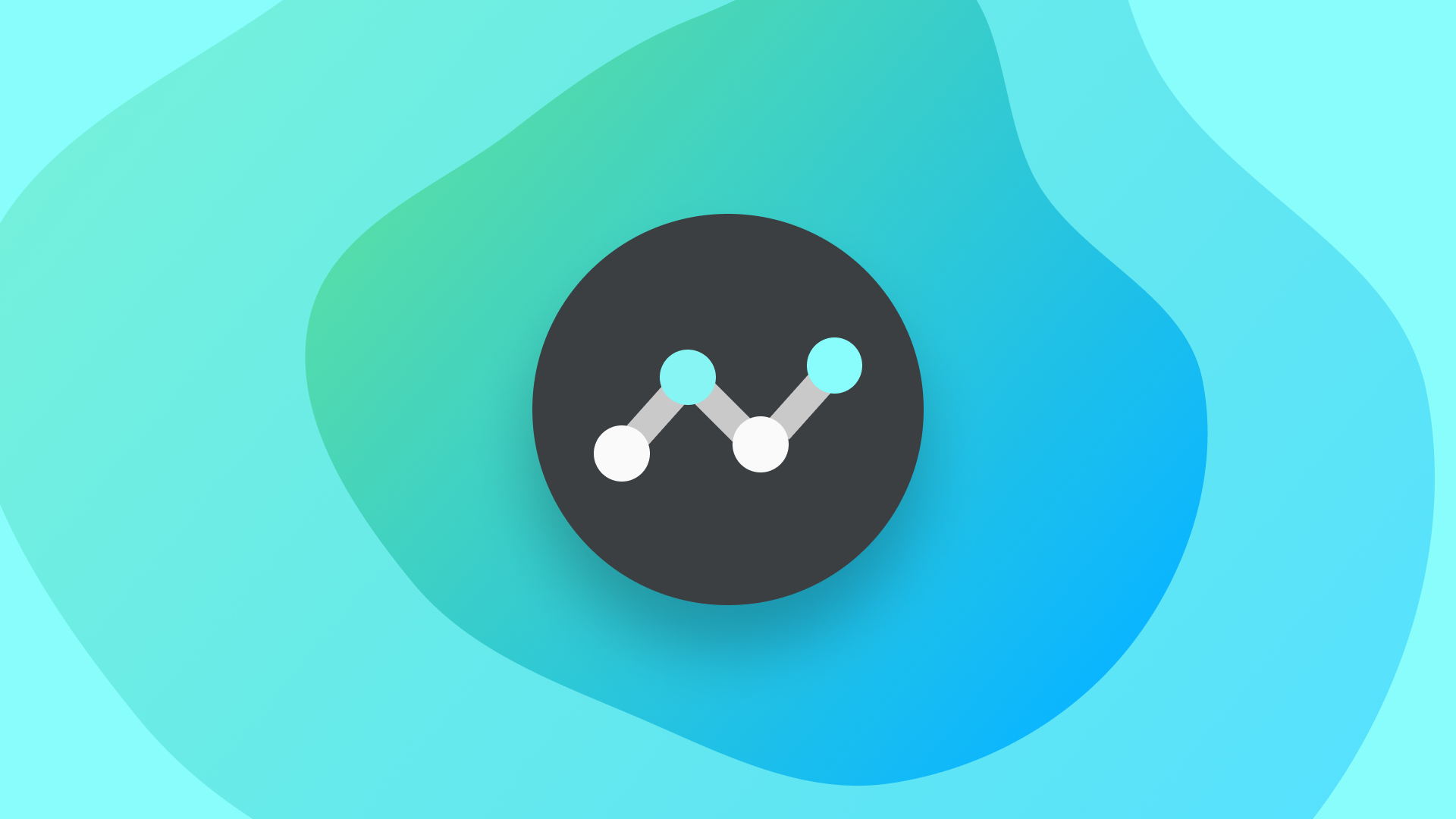
Related
How to fix a slow Chromebook with ChromeOS Diagnostics
Check out how each component of your Chromebook is doing
Switching to ChromeOS doesn’t have to be difficult
Switching operating systems is often difficult because you’re accustomed to how things work and the feature set. Switching from Windows to ChromeOS isn’t challenging. There are many parallels between the operating systems, and moving your data is simple. ChromeOS is a simple and easy-to-use operating system, and numerous Google ChromeOS tips and tricks will improve your experience.
Source link

